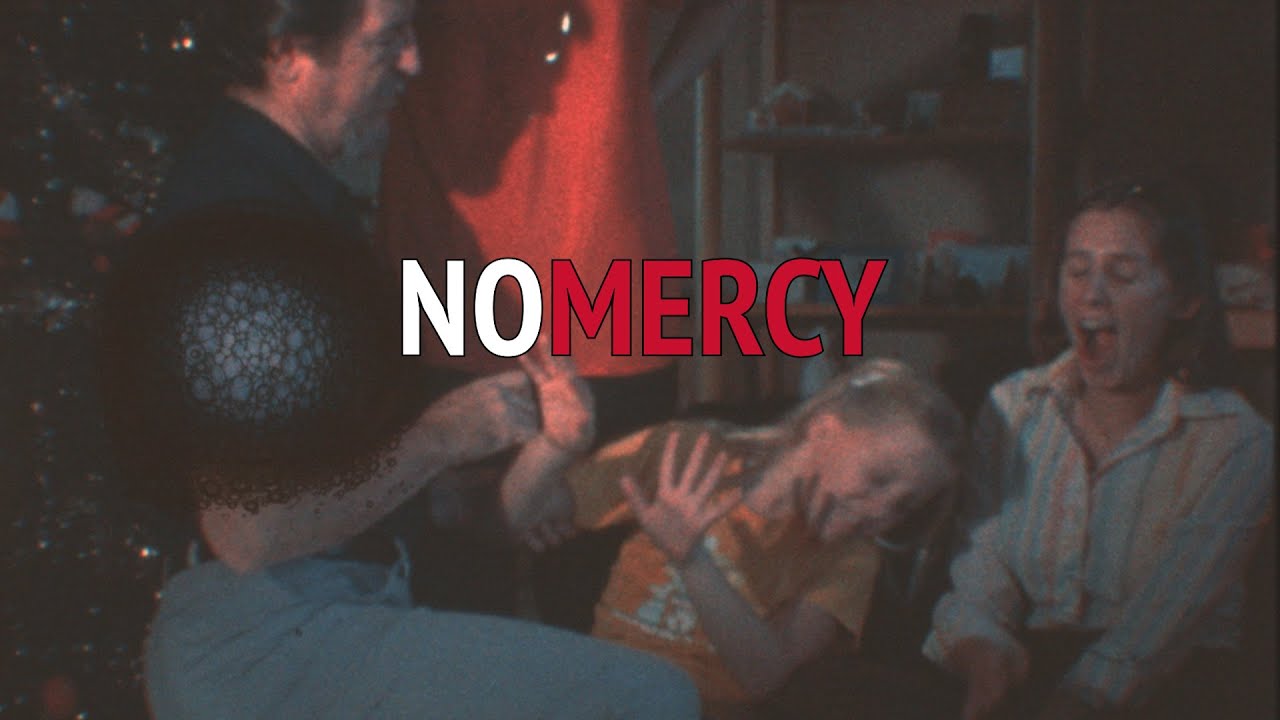In recent years, the term “No Mercy” has become synonymous with violence and brutality in Mexico.
From the brutal tactics of drug cartels to the controversial tactics of the Mexican government, there is no doubt that the country has a serious problem with violence.
Mexico has been grappling with violence for many years, and the situation has only gotten worse in recent times.
Drug cartels and other criminal organizations are responsible for much of this violence, which often involves extortion, kidnapping, and murder.
In addition to this, there are also reports of police brutality and human rights abuses committed by the government.
The result is a country where many people are afraid to speak out, and where the truth can be difficult to uncover.
Despite the risks, many journalists and media outlets in Mexico continue to report on these issues.
These brave individuals play a crucial role in exposing the truth and holding those responsible accountable.
However, this is not without its challenges. Many journalists have been threatened, attacked, or even killed for their reporting.
Media outlets must also navigate a complex legal landscape, where defamation and national security laws can be used to silence dissenting voices.
For those who choose to document acts of violence in Mexico, there are a number of legal implications to consider.
In some cases, publishing this type of content can be considered a crime. For example, Mexico’s Federal Law to Prevent and Punish Crimes Committed against Journalists establishes penalties for those who threaten, injure, or kill journalists.
However, this law has been criticized for not going far enough to protect journalists and for being inconsistently enforced.
In addition to this, there are also legal risks associated with publishing graphic or violent content.
For example, Mexican law prohibits the distribution of obscene material. While this law was originally intended to target pornography, it has been used to prosecute individuals who share images or videos of violent acts.
This can be a particular concern for journalists and media outlets who are looking to report on these issues while avoiding legal trouble.
In addition to legal considerations, there are also ethical questions to consider when documenting violence in Mexico.
For example, is it ethical to publish images or videos of graphic violence? While these images can be powerful tools for raising awareness and exposing the truth, they can also be traumatizing for viewers.
Journalists and media outlets must weigh the potential impact of their reporting against the potential harm that it could cause.
Despite these risks, many journalists and media outlets choose to publish graphic content in order to expose the truth about violence in Mexico. While this can be an effective way to raise awareness and spark change, it can also have consequences.
For example, publishing graphic content can result in backlash from authorities or criminal organizations. It can also lead to trauma for viewers, who may be exposed to violent images without warning.
The situation in Mexico is complex, and the challenges facing journalists and media outlets are significant.
However, despite the risks, many continue to report on these issues in the hopes of bringing about change.
As we move forward, it will be important to continue to support those who are working to expose the truth, while also considering the legal and ethical implications of our reporting.






